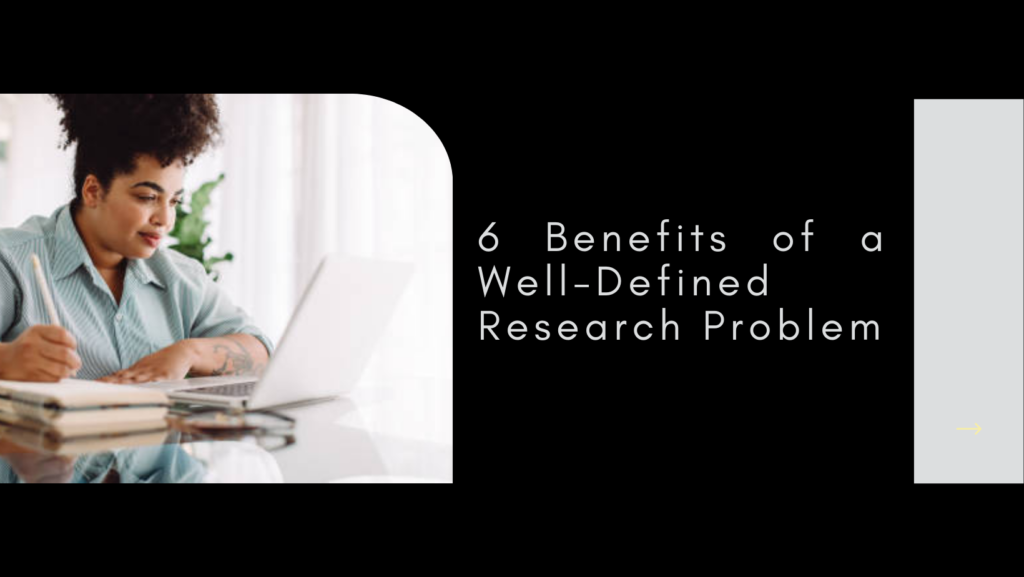
Menu
Facebook-f
Twitter
Google-plus-g
10 Reasons Why we Offer Recommendations Based on Research Outcomes
10 Reasons Why we Offer Recommendations Based on Research Outcomes.
Offering recommendations based on research outcomes is essential for several reasons. It transforms academic findings into actionable insights that can guide practice, policy, and further research. Here’s a detailed explanation of why this is important:
- Bridging the Gap Between Theory and Practice
- Practical Application: Recommendations serve as a bridge between theoretical research and practical application. They translate the often complex and abstract findings of a study into concrete steps that can be taken in real-world settings. This is essential for ensuring that the knowledge generated by research does not remain confined to academic circles but is applied to solve practical problems.
- Implementation: By providing clear, actionable suggestions, researchers make it easier for practitioners to understand how to implement these findings in their daily work. This can include specific strategies, procedures, or actions that should be taken to achieve the desired outcomes.
Example: In healthcare, if a study identifies a new treatment method that significantly improves patient outcomes, the recommendation would be for healthcare providers to adopt this method in clinical practice. This could involve specific steps such as training healthcare staff, acquiring necessary equipment, and integrating the new treatment protocol into existing practices.
- Guiding Decision-Making
- Evidence-Based Decisions: Recommendations provide a solid foundation for decision-making by offering evidence-based guidance. This is crucial for stakeholders who rely on research to inform their choices. By basing decisions on the latest research findings, policymakers, practitioners, and other decision-makers can ensure that their actions are grounded in robust evidence.
- Prioritization: Recommendations help prioritize actions by highlighting which strategies or interventions are most effective. This is particularly important when resources are limited and need to be allocated efficiently to achieve the best outcomes.
Example: In education, if research shows that smaller class sizes lead to better student performance, recommendations might include policies to reduce student-to-teacher ratios. This would guide school administrators and policymakers in making decisions about staffing, classroom sizes, and resource allocation to enhance student learning outcomes.
- Enhancing Relevance and Impact
- Maximizing Impact: By providing recommendations, researchers can maximize the impact of their work. These suggestions ensure that the findings have a tangible effect by outlining specific actions that can be taken to apply the research in practice. This increases the overall relevance and value of the research.
- Practical Relevance: Recommendations make research more relevant to stakeholders, including practitioners, policymakers, and the general public. By demonstrating how findings can be applied to improve outcomes, they ensure that research contributes to solving real-world problems.
Example: In environmental science, a study that finds a specific conservation method effective in protecting endangered species might recommend adopting this method more widely. This direct application of research findings can enhance conservation efforts and ensure the protection of vulnerable species.
- Addressing Limitations and Identifying Future Research Needs
- Continued Improvement: Recommendations often include suggestions for addressing the limitations of the current study. By acknowledging these limitations, researchers can guide future efforts to refine methodologies and improve the reliability and validity of findings.
- Filling Gaps: Recommendations can highlight gaps in the existing knowledge base and suggest areas where additional research is needed. This continuous process of improvement ensures that research evolves and expands to cover new questions and challenges.
Example: A psychological study that finds a new therapy effective for a specific disorder might recommend further research to explore its applicability to other disorders or demographic groups. This helps ensure that the therapy’s effectiveness is tested across a broader range of contexts.
- Supporting Policy Formulation
- Informed Policies: Recommendations provide a basis for developing policies that are informed by the latest research. This ensures that policies are grounded in evidence and are more likely to be effective in addressing the issues they target.
- Policy Guidance: Recommendations offer concrete steps that policymakers can take to address issues highlighted by the research. This helps in the formulation of policies that are both practical and evidence-based.
Example: In public health, if a study shows that a particular vaccination strategy significantly reduces disease incidence, recommendations might include policy changes to adopt this strategy on a broader scale. This would guide public health officials in developing and implementing vaccination programs that can effectively control the spread of diseases.
- Promoting Best Practices
- Standardizing Practices: Recommendations help identify and promote best practices by highlighting which methods or strategies are most effective. This helps standardize practices across different settings, ensuring consistency and quality.
- Benchmarking: They provide benchmarks that organizations can use to measure their performance and improve their practices. This can lead to widespread adoption of successful strategies and improvement in overall outcomes.
Example: In business, a study that identifies effective customer service strategies might recommend companies adopt these strategies to improve customer satisfaction and loyalty. By standardizing these practices, businesses can enhance their service quality and competitive advantage.
- Enhancing Accountability
- Responsibility: Providing recommendations holds researchers accountable for ensuring their work has practical applications. It shows that researchers are considering the broader implications of their findings and are committed to making a positive impact through their work.
- Transparency: Recommendations help make the research process more transparent by showing how conclusions were reached and what actions are suggested as a result. This transparency builds trust with stakeholders and ensures that research findings are credible and reliable.
Example: In social policy research, recommendations based on findings about social inequality can hold governments accountable for addressing these issues through targeted interventions and programs. This ensures that research contributes to social justice and equity.
- Facilitating Communication and Understanding
- Clear Communication: Recommendations distil complex research findings into clear, understandable actions that non-experts can grasp. This improves communication between researchers and stakeholders, making the research more accessible and easier to understand.
- Engagement: They engage stakeholders by showing the direct implications of research, fostering a greater appreciation of the value of research efforts. This can lead to increased support for research initiatives and collaboration between researchers and practitioners.
Example: In community health research, if findings indicate that certain outreach programs effectively reduce health disparities, recommendations might include expanding these programs. This makes the implications clear and actionable for community leaders and health practitioners, fostering collaboration and engagement.
- Encouraging Interdisciplinary Collaboration
- Collaborative Efforts: Recommendations often highlight the need for interdisciplinary approaches to address complex problems. This encourages collaboration across different fields of study, integrating diverse perspectives and expertise to develop comprehensive solutions.
- Integrative Solutions: By combining insights from various disciplines, recommendations can help develop integrative solutions that address multifaceted issues more effectively.
Example: In climate change research, recommendations might include collaborating with economists, sociologists, and political scientists to develop holistic strategies for mitigating climate impacts. This interdisciplinary approach ensures that all relevant factors are considered in developing effective solutions.
- Providing a Roadmap for Implementation
- Action Plan: Recommendations offer a roadmap for implementing research findings. They detail specific steps that should be taken to apply the results effectively, providing a clear guide for stakeholders.
- Scalability: They help stakeholders understand how to scale successful interventions or practices to broader contexts, ensuring that the benefits of research can be realized on a larger scale.
Example: In technological innovation, a study on the effectiveness of a new software tool might recommend steps for its adoption in different industries. This provides a clear implementation plan that can be followed by businesses, ensuring that the tool’s benefits are widely realized.
Conclusion
Offering recommendations based on research outcomes is a vital aspect of the research process. It ensures that the findings are not only theoretically significant but also practically useful. By providing actionable insights, guiding decision-making, and promoting best practices, recommendations help bridge the gap between research and practice, enhancing the relevance and impact of academic work. They support policy formulation, encourage interdisciplinary collaboration, and provide a roadmap for implementing research findings. Ultimately, recommendations ensure that research contributes to real-world improvements, making it a critical component of the research process.
Address List
-
Makerere Hill Road, Ham Towers -
+256-703947778 -
info@professionalwriters.shop
Social Networks
Links List
Professional Writers Inc.
Turning Ideas Into Reality
Online Research Writing Training [Free]






























